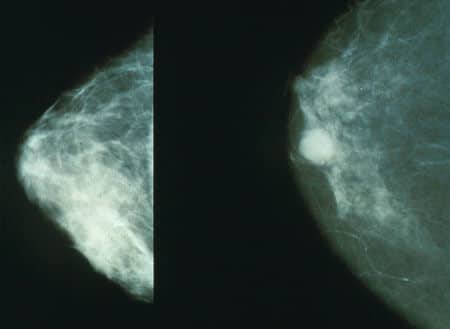The breast has its own microbiome, and the composition of the bacteria in it can prevent or encourage cancerous tumors - a finding that may lead to new methods for early screening or treatments

The gut bacteria have attracted most of the attention due to the abundance of recent research on the bacteria that thrive in our bodies. But bacteria also live in women's breast tissue, and according to new research that saw the light In the Journal of Applied and Environmental Microbiology, the composition of these bacterial populations can have an equally important effect on health. according to Gregor Reid Professor of Microbiology and Immunology at the University of Western Ontario and lead author of the study, it is possible that bacteria in the breast, even in small amounts, play a role in the development of breast cancer: increasing the risk in some cases and reducing it in others.
During the lifetime of one in eight women in the US, breast cancer is diagnosed, but in most cases its origins are unknown. The causes are usually attributed to age, genetic predisposition and environmental factors - and according to more and more research, bacteria may be one of these environmental factors. For example, already in the 60s some studies found a correlation between breastfeeding and a lower chance of getting breast cancer, and according to newer studies, this could be because breast milk helps the development of beneficial microorganisms.
Reed and his team decided to follow this line of thought. They analyzed bacterial DNA samples from the breast tissues of 58 women who underwent surgery to remove lumps from the breast or total mastectomy due to benign or cancerous tumors, as well as from 23 healthy women who underwent surgeries to reduce or enlarge the breasts. In women with breast cancer, they found larger amounts of certain types of bacteria - including bacteria from the EEnterobacteriaceae and bacteria Staphylococcus וBacillus. In women without cancer they found higher levels of other types of bacteria, such as Lactococcus וStreptococcus.
the immunologist Delphine Lee, who studies breast cancer at the John Wayne Cancer Institute in Santa Monica, California, and was not involved in this research, says that the fact that the breast is a habitat for bacteria is not surprising to her. "The breast is exposed to the external environment through the nipple and the milk duct system. Bacteria can also enter the breast tissue through skin wounds and other ways," she explains. "But we still don't know whether certain bacteria are found near breast cancer tumors because they cause breast cancer to develop, or because the tumor is an environment in which they thrive."
If certain bacteria do promote cancer, how do they do it? There are bacteria from the Enterobacteriaceae family and Staphylococcus bacteria that seem to cause DNA damage, a known pathway that leads to the development of cancer. Other bacteria can cause infections. The exact mechanism needs to be clarified through animal studies, says Reid, but he hopes that eventually researchers will be able to use the composition of a patient's bacteria as a biomarker in tests to detect breast cancer, or to develop a probiotic treatment that will improve women's prognosis and the results of treatments.
